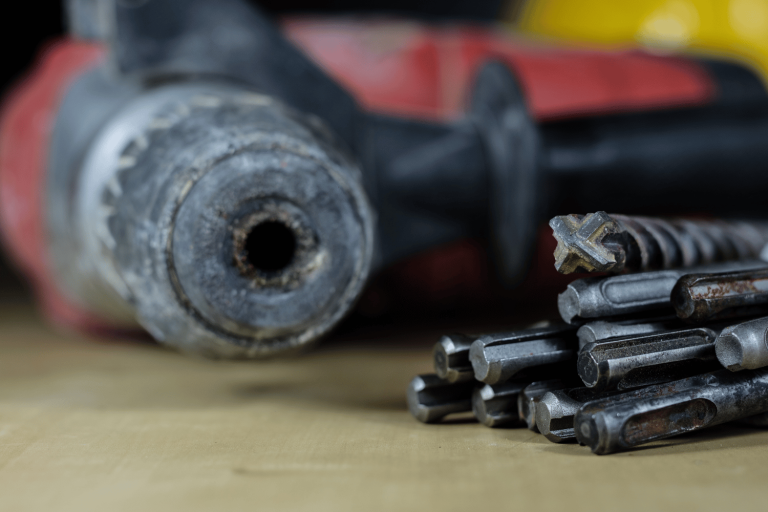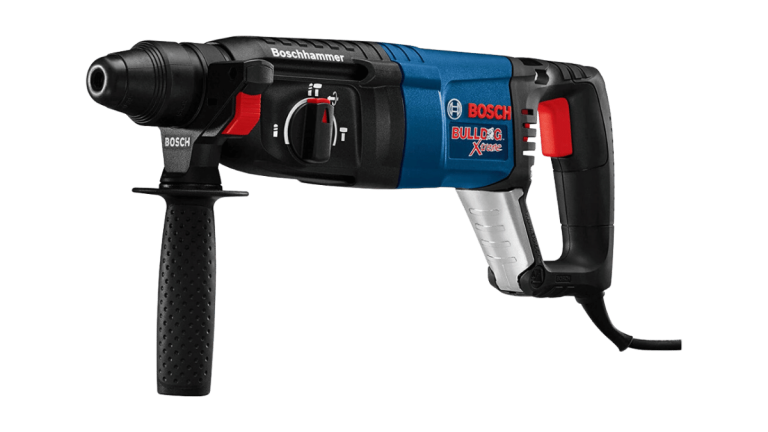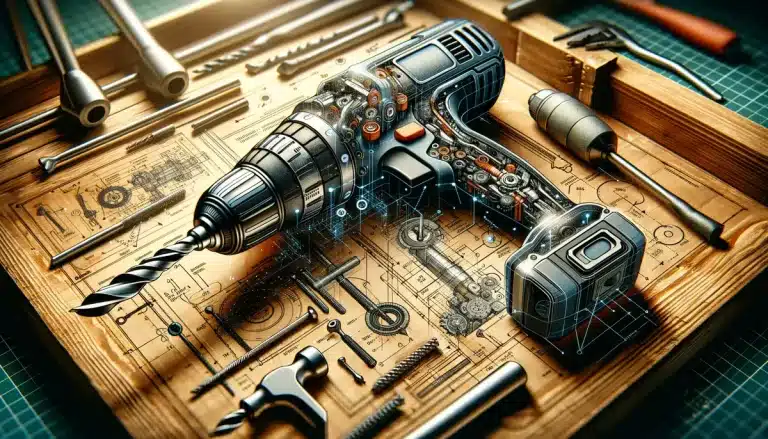Cordless Drill Batteries: Understanding Li-ion vs Ni-Cd
Cordless tools such as drills have revolutionized the way we approach various projects, offering unparalleled convenience and mobility. At the heart of these versatile tools lies the battery, a crucial component that influences performance, runtime, and overall usability. In this comprehensive guide, we delve into the realm of cordless tool batteries, focusing on the intriguing comparison between lithium-ion and nickel-cadmium (Ni-Cd) batteries.
Understanding the nuances of these two battery types is essential for maximizing the performance of your power tools. We’ll explore the benefits each type offers, dive into their lifespan and durability, and unravel the charging considerations that play a pivotal role in their functionality. Whether you’re a DIY enthusiast, a professional craftsman, or simply seeking to enhance your tool knowledge, this article equips you with the insights you need to make an informed decision. Join us as we dissect the intricacies of lithium-ion and Ni-Cd batteries, unveiling the secrets behind achieving maximum performance from your cordless power tools.
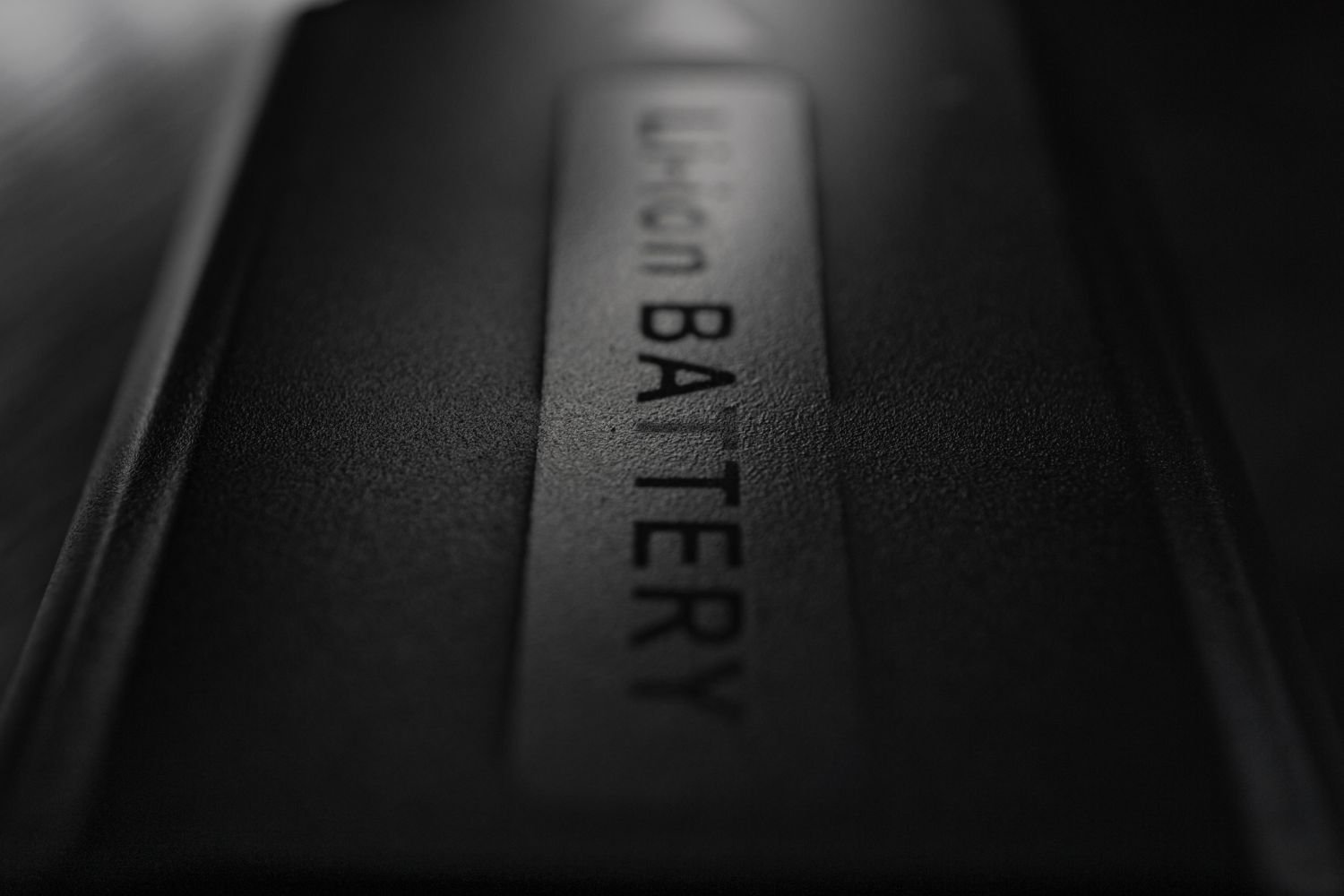
Section 1: Lithium-ion Batteries
Definition and Characteristics
Li-ion batteries, the powerhouses behind newer, modern cordless tools, including drills, deserve a closer look to understand their role in enhancing performance.
Modern Battery Marvel
Lithium-ion batteries, often referred to as Li-ion batteries, stand out as a pinnacle of battery technology. They are a type of rechargeable battery that has taken the world by storm due to their exceptional energy storage capabilities.
A Matter of Chemistry
At their core, li-ion batteries use lithium compounds to store and release energy efficiently. This chemistry, combined with other advanced materials, results in a battery that packs remarkable power into a compact and lightweight package.
Energy Density Advantage
One of the standout features of li-ion batteries is their high energy density. This means they can store a significant amount of energy in a relatively small volume, making them perfect for portable devices like cordless drills.
Consideration Tips
- Recognize lithium-ion batteries as a cutting-edge solution for modern cordless tools.
- Understand their chemical composition and energy storage mechanism.
- Appreciate their ability to deliver substantial power while maintaining a lightweight design.
Benefits of High Capacity Li-ion Batteries for Cordless Tools
Li-ion brings a host of advantages to the world of power tool batteries, making them a preferred choice for both professionals and DIY enthusiasts alike.
Longer Runtimes and Higher Power
Li-ion batteries excel in providing extended runtimes. This means you can work on your projects for longer periods without interruptions for recharging. Additionally, these batteries deliver consistent power throughout their charge, ensuring your tool maintains optimal performance from start to finish.
Lightweight Design
One of the standout features of li-ion batteries is their lightweight nature. They are significantly lighter than traditional battery types, which makes any tool more comfortable to handle. This is especially important during lengthy tasks where reduced strain on your hands and arms can greatly enhance your working experience.
No Memory Effect
Li-ion batteries are free from the memory effect, a phenomenon that could decrease the battery’s capacity over time. With lithium-ion batteries, you can recharge at any level without worrying about negatively impacting the battery’s lifespan.
Consideration Tips
- Choose li-ion batteries for longer projects and enhanced comfort.
- Enjoy uninterrupted performance with consistent power delivery.
- Embrace the lightweight design that reduces fatigue during extended use.
Lifespan and Durability
Understanding the lifespan and durability of li-ion batteries is essential to make the most of your cordless investment.
Longer Lifespan
Li-ion batteries offer a commendable lifespan, capable of enduring hundreds of charge and discharge cycles. This means your battery remains effective for a significant duration, reducing the need for frequent replacements.
Aging Factors
Factors affecting the battery’s lifespan include temperature and usage patterns. High temperatures can accelerate battery degradation, while regular charging and discharging at extreme levels can impact performance over time.
Smart Battery Management
Modern li-ion batteries often come equipped with smart management systems. These systems monitor temperature, voltage, and current, ensuring safe and optimal charging. This intelligent management contributes to extending the battery’s overall lifespan.
Consideration Tips
- Store li-ion batteries in cool, dry environments to slow down degradation.
- Avoid exposing batteries to extreme temperatures to maximize their effectiveness.
- Opt for batteries with smart battery management systems for prolonged life.
Charging Capacity and Other Considerations
Properly understanding how to charge li-ion batteries is key to maximizing their efficiency and lifespan.
Compatibility with Chargers
Li-ion batteries require specific chargers designed for their chemistry. Using the right charger ensures safe and effective charging, preventing potential damage to the battery.
Avoid Overcharging
Overcharging li-ion batteries can lead to overheating and decrease battery life. Many modern chargers are equipped with auto-shutoff features that prevent overcharging, ensuring your battery remains in top condition.
Battery Memory
Unlike some older battery types, li-ion batteries don’t suffer from the memory effect. You can recharge them at any point without harming their overall capacity. Charging partially depleted batteries won’t negatively impact their performance.
Smart Charging
Investing in cordless batteries that come with smart chargers is advantageous. These chargers monitor the battery’s charge capacity and level and adjust the charging process accordingly, optimizing battery life and safety.
Consideration Tips
- Use chargers specifically designed for li-ion batteries.
- Opt for tools that include smart chargers for optimal charging.
- Avoid overcharging to prevent battery damage and overheating.
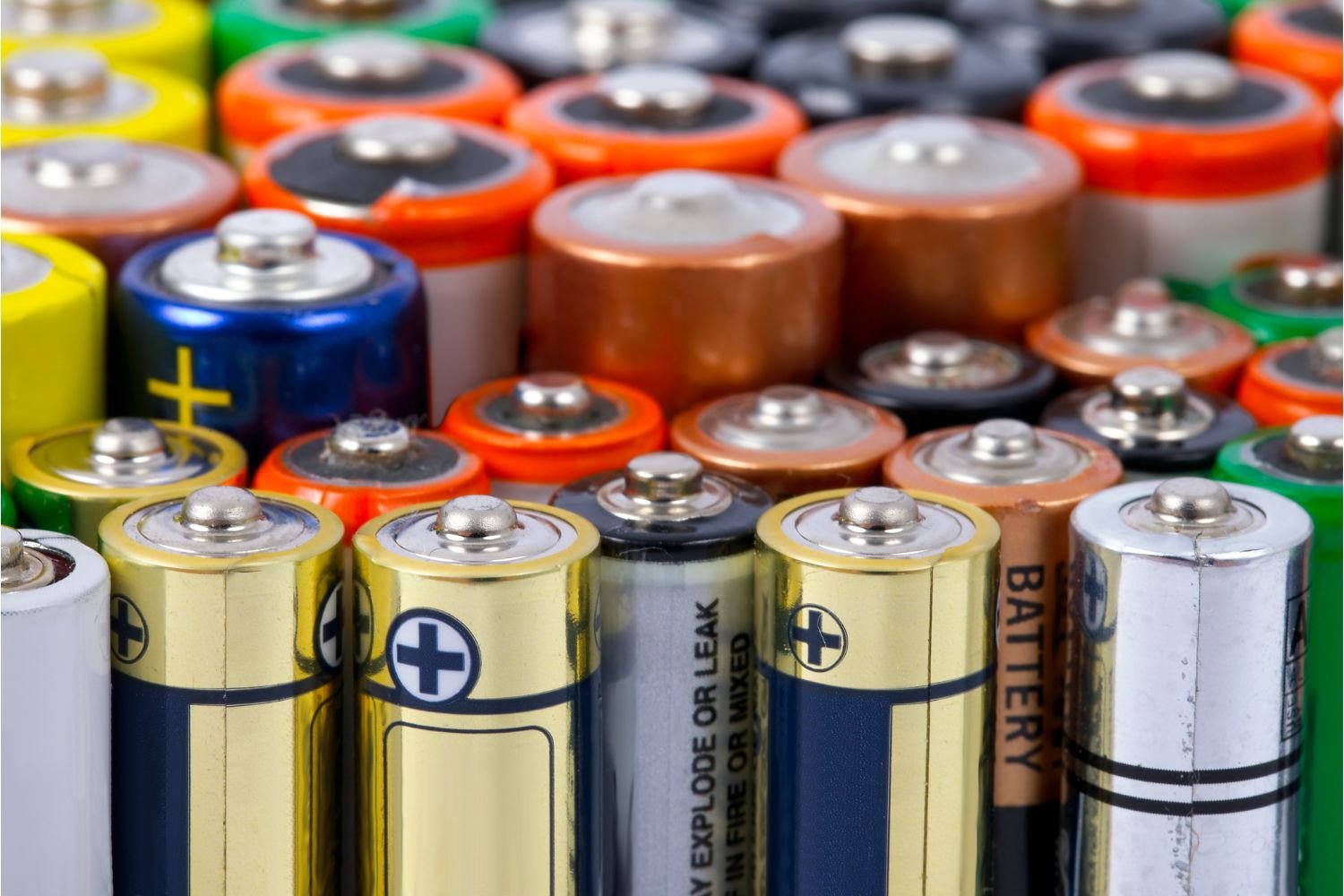
Section 2: Ni-Cd Batteries
Definition and Characteristics
Ni-Cd batteries, or nickel-cadmium batteries, are stalwarts of the cordless tool world, known for their robustness and reliability.
Composition and Design
Ni-Cd batteries are composed of nickel oxide hydroxide and metallic cadmium. Their sturdy construction allows them to withstand tough working conditions, making them ideal for heavy-duty tasks.
Powerful Performance
One of the defining characteristics of Ni-Cd batteries is their ability to deliver consistent power output. This means your cordless drill maintains its effectiveness throughout the entire charge, even during demanding applications.
Charge Memory
Ni-Cd batteries are known for the memory effect, where they “remember” their charge levels if not discharged fully before recharging. This phenomenon can reduce the overall battery capacity over time.
Durability and Resilience
Ni-Cd batteries are renowned for their durability and ability to handle frequent charge and discharge cycles. Their ability to function in extreme temperatures adds to their appeal, making them suitable for various working conditions.
Benefits of Ni-Cd Batteries
Ni-Cd batteries, also known as nickel-cadmium batteries, bring a range of advantages to the world of cordless tools, offering reliability and performance.
Steady and Reliable Performance
Ni-Cd batteries are known for their ability to deliver a consistent level of power throughout their charge. This means that whether you’re starting a task or wrapping it up, your cordless power tool’s performance remains steady.
Robust Construction
Designed for resilience, Ni-Cd batteries feature a robust composition that can withstand the rigors of demanding work environments. This durability makes them suitable for heavy-duty tasks that require endurance.
Extreme Temperature Tolerance
An impressive characteristic of Ni-Cd batteries is their ability to function well even in extreme temperatures. This quality makes them dependable tools for tasks that involve varying weather conditions.
Consideration Tips
- Recognize Ni-Cd batteries for their reliability and consistency.
- Understand their sturdy construction and ability to perform in challenging conditions.
- Appreciate their adaptability to extreme temperatures for versatile applications.
Lifespan and Durability
Understanding the lifespan and durability of Ni-Cd batteries is pivotal to making the most of your cordless drill’s performance and longevity.
Extended Lifespan
Ni-Cd batteries are known for their robustness and durability. They can endure a significant number of charge and discharge cycles before showing signs of wear. This means your battery can serve you reliably for an extended period.
Factors Affecting Lifespan
The lifespan of Ni-Cd batteries can be influenced by various factors, including temperature and usage patterns. While they are resilient, exposing them to high temperatures frequently can lead to faster degradation.
Endurance under Frequent Use
One of the standout features of Ni-Cd batteries is their ability to withstand frequent charging and discharging. This durability makes them suitable for heavy-duty applications and tasks that require repeated power cycles.
Consideration Tips
- Recognize the extended lifespan of Ni-Cd batteries due to their robust build.
- Be mindful of factors like temperature that can impact their durability.
- Utilize Ni-Cd batteries for tasks involving frequent use and heavy-duty applications.
Charging Considerations
Properly understanding how to charge Ni-Cd batteries is essential to ensure their longevity and effective performance.
Addressing the Memory Effect
One unique aspect of Ni-Cd batteries is the memory effect, where the battery “remembers” its charge level if not fully discharged before recharging. This can lead to reduced overall capacity over time.
Discharge Before Recharge
To mitigate the memory effect, it’s advisable to discharge Ni-Cd batteries fully before recharging them. This approach helps reset the battery’s memory, ensuring it maintains its full capacity.
Avoid Overcharging
Overcharging Ni-Cd batteries can lead to reduced battery life and potential safety hazards. Many modern chargers have safety mechanisms to prevent overcharging, ensuring the battery remains in good condition.
Optimal Charging Practices
Ni-Cd batteries benefit from consistent charging patterns. Avoid frequent shallow discharges and opt for complete discharges followed by full charges to maintain the battery’s performance over time.
Consideration Tips
- Understand and address the memory effect by fully discharging before recharging.
- Use chargers with safety mechanisms to prevent overcharging.
- Adopt optimal charging practices to maintain Ni-Cd battery performance.
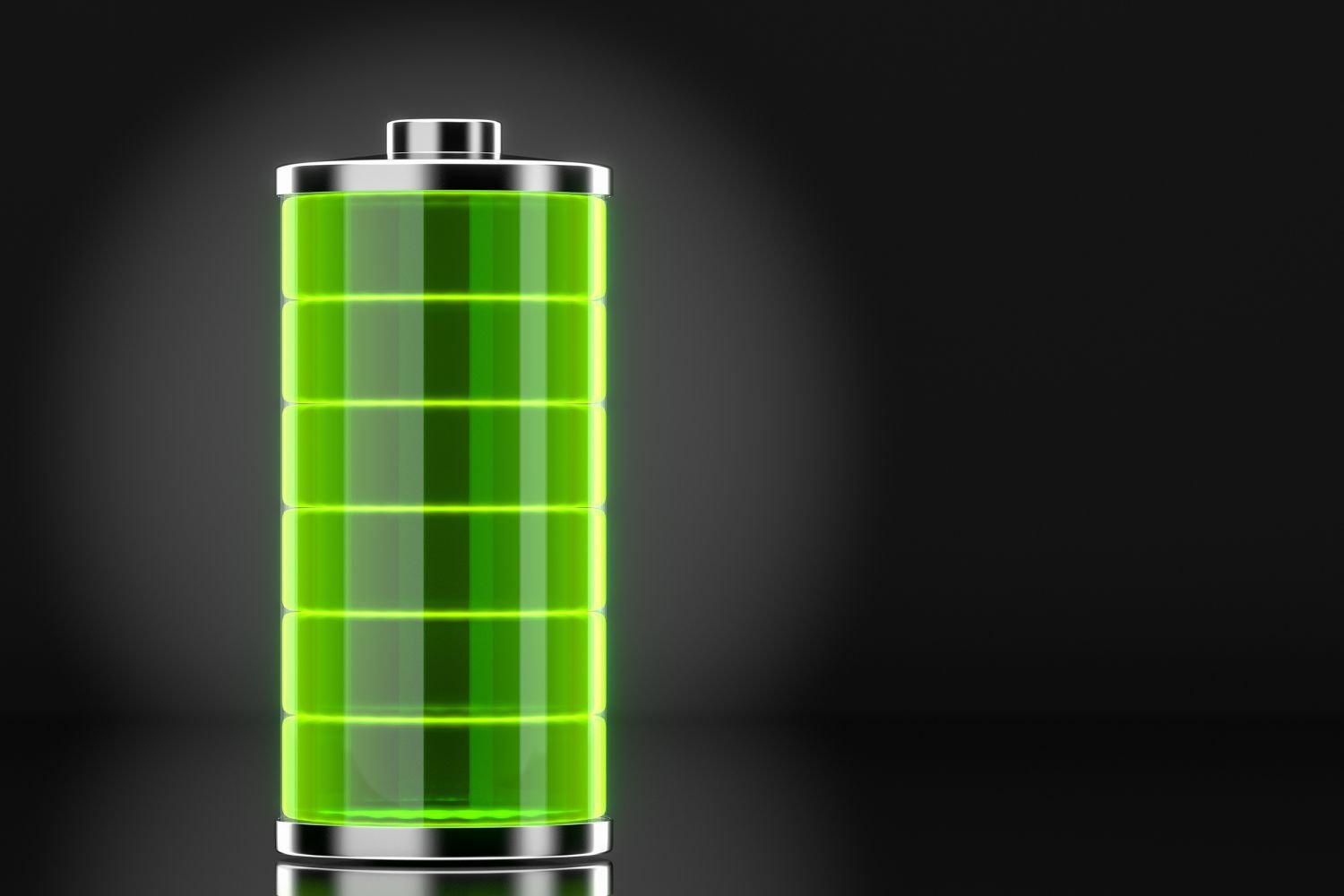
Section 3: Comparative Analysis
Runtimes and Power Output
When choosing between lithium-ion and Ni-Cd batteries for your cordless drill, considering runtimes and power output can guide you towards the best-suited option for your needs.
Li-ion Runtimes
Li-ion batteries excel in providing longer runtimes, allowing you to work on projects for extended periods without interruptions. The consistent power delivery throughout the battery’s charge ensures that your cordless drill maintains optimal performance until the task is complete.
Ni-Cd Power Output
Ni-Cd batteries are known for their consistent power output, making them reliable choices for tasks that require a steady flow of energy. They are capable of delivering a consistent level of power, even during demanding applications, ensuring your cordless drill doesn’t falter when you need it most.
Making the Choice
Consider the nature of your projects when evaluating runtimes and power output. If your tasks involve longer durations, lithium-ion batteries may be more suitable. On the other hand, if you need steady and reliable power for heavy-duty applications, take a look at Ni-Cd batteries.
Consideration Tips
- Prioritize li-ion batteries for longer runtimes during extended projects.
- Choose Ni-Cd batteries for tasks requiring consistent power output and endurance.
Weight and Portability
Considering the weight and portability of li-ion and Ni-Cd batteries plays a vital role in choosing the right option for your cordless drill.
Li-ion Lightweight Advantage
Li-ion batteries shine in the realm of weight and portability. Their lightweight design reduces the overall weight of your cordless drill, making it more comfortable to hold and maneuver during tasks. This is especially valuable for longer projects where reduced strain on your arms and hands enhances your working experience.
Ni-Cd Sturdy Build
While Ni-Cd batteries tend to be heavier than lithium-ion batteries, their robust construction is an advantage for heavy-duty tasks. The sturdier build adds durability to your cordless drill, making it suitable for projects that demand resilience.
Choosing Based on Usage
Consider the nature of your projects when evaluating weight and portability. For tasks that involve prolonged periods of use, a lightweight li-ion battery might be preferable. Alternatively, if you’re tackling tougher applications that require durability, the sturdier Ni-Cd battery could be the better choice.
Consideration Tips
- Opt for li-ion batteries for enhanced comfort during longer projects.
- Choose Ni-Cd batteries when durability and resilience are paramount.
Environmental Impact
Evaluating the environmental impact of lithium-ion and Ni-Cd batteries is a responsible step towards choosing a battery type that aligns with your values.
Li-ion Eco-Friendly Aspects
Lithium-ion batteries are generally considered more environmentally friendly compared to Ni-Cd batteries. They contain fewer hazardous materials and are easier to recycle, contributing to reduced environmental impact.
Ni-Cd Considerations
Ni-Cd batteries contain cadmium, a toxic substance that raises environmental concerns when not disposed of properly. Proper recycling is essential to prevent harmful substances from entering the ecosystem.
Making an Environmentally Conscious Choice
If environmental impact is a priority for you, lithium-ion batteries are a preferable option due to their cleaner composition and recycling advantages. By choosing lithium-ion batteries, you contribute to a greener approach to powering your cordless tools.
Consideration Tips
- Opt for li-ion batteries for a reduced environmental impact.
- Choose a battery type that aligns with your environmental values and recycling practices.
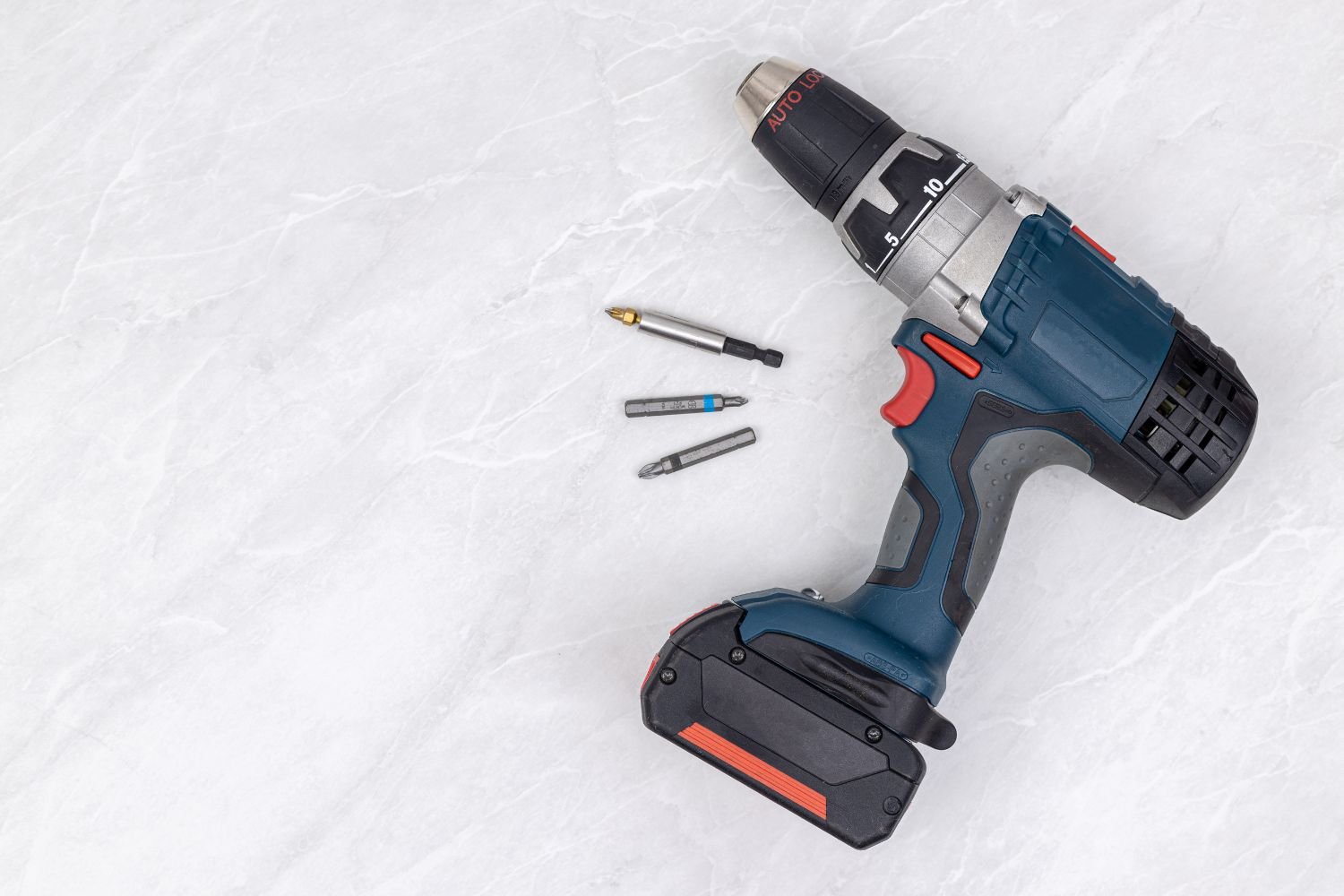
Section 4: Making the Right Choice for your Cordless Drill
Consideration Factors
Choosing between li-ion and Ni-Cd batteries for your cordless drill requires thoughtful consideration of various factors to ensure your decision aligns with your specific needs.
Project Requirements
Evaluate the type of projects you typically undertake. If you frequently engage in heavy-duty tasks, Ni-Cd batteries’ durability might be appealing. Conversely, if your projects involve longer durations, lithium cell batteries’ extended runtimes could be more advantageous.
Weight Preferences
Consider your comfort during tasks. If a lightweight design is crucial for your working experience, the reduced weight of a lithium battery cell might suit your preferences. However, if sturdiness is key, Ni-Cd batteries’ heftier build could be more suitable.
Environmental Concerns
If environmentally friendly choices are important to you, lithium batteries’ cleaner composition and recycling advantages offer a greener option. This choice contributes to a more responsible approach to powering your tools.
Balancing Benefits
Ultimately, you should select the battery that balances the benefits with your specific needs and values. Weigh factors such as power output, runtimes, durability, and environmental impact to make a well-informed decision.
Consideration Tips
- Assess your project requirements to determine battery durability and runtimes.
- Evaluate your weight preferences for a comfortable working experience.
- Consider your environmental concerns to make an eco-friendly choice.
Practical Recommendations
Making the optimal choice between lithium-ion and Ni-Cd batteries involves considering your needs, preferences, and the demands of your projects. Here are some practical recommendations to guide your decision.
Prioritize Project Demands
If your tasks involve heavy-duty applications, Ni-Cd batteries’ durability and consistent power output make them a strong contender. For longer projects, opt for lithium-ion batteries’ extended runtimes to minimize interruptions.
Evaluate Comfort
Consider the weight of the batteries and your comfort during tasks. If lightweight maneuverability is essential, lithium-ion batteries’ reduced weight may be your preference. On the other hand, if you require sturdiness, Ni-Cd batteries’ robust build might be better suited.
Embrace Eco-Friendly Choices
If environmentally conscious choices align with your values, lithium-ion batteries’ cleaner composition and recyclability offer a greener option. By choosing them, you contribute to a more sustainable tooling approach.
Seek Balance
Balance the advantages of each battery type with your specific needs. Whether it’s power output, runtimes, durability, or environmental impact, aim for a harmonious balance that maximizes your cordless drill’s performance.
Informed Decision-Making
By carefully assessing your project requirements, comfort preferences, and environmental concerns, you can make an informed decision that optimizes your cordless drill’s capabilities and enhances your overall working experience.
Final Thoughts
In the dynamic world of cordless tools, the choice between lithium-ion and Ni-Cd batteries holds the key to unlocking optimal performance. Understanding the distinct characteristics, benefits, and considerations of these battery types empowers you to make an educated decision tailored to your needs. Whether you prioritize extended runtimes, sturdy durability, lightweight design, or eco-conscious choices, your decision shapes your cordless tooling journey.
As you embark on projects, armed with the knowledge of battery composition, lifespan, charging intricacies, and environmental impact, you’re equipped to maximize your cordless drill’s potential. By carefully evaluating factors and seeking the ideal balance between benefits and demands, you pave the way for efficient tasks and satisfying accomplishments. With every twist of the drill and every powered-up project, your battery choice becomes the driving force behind your success in the world of cordless tools.


